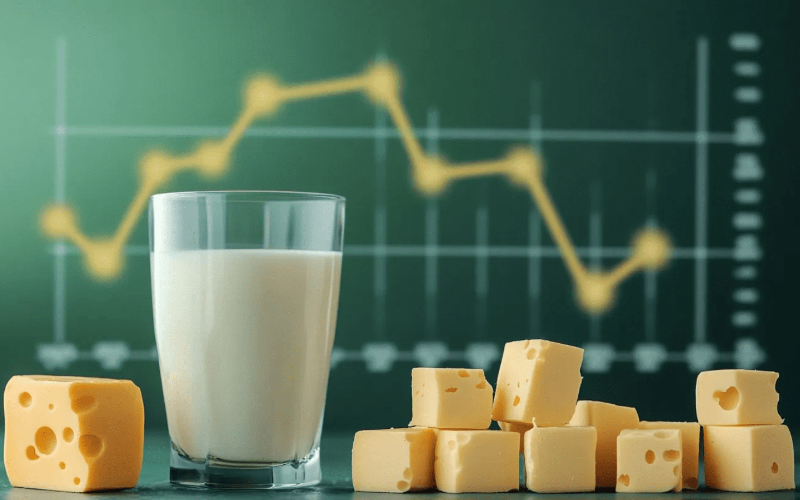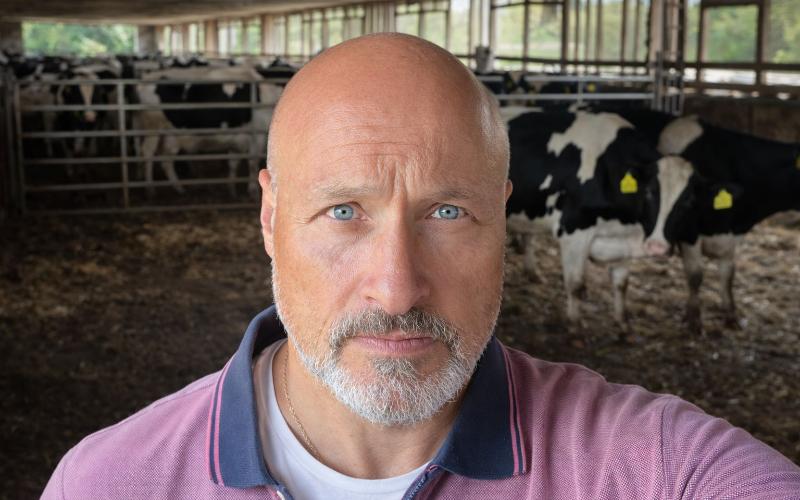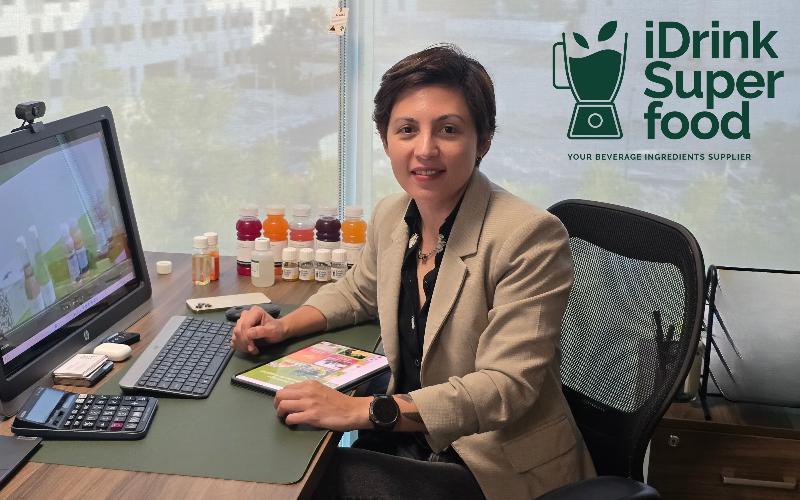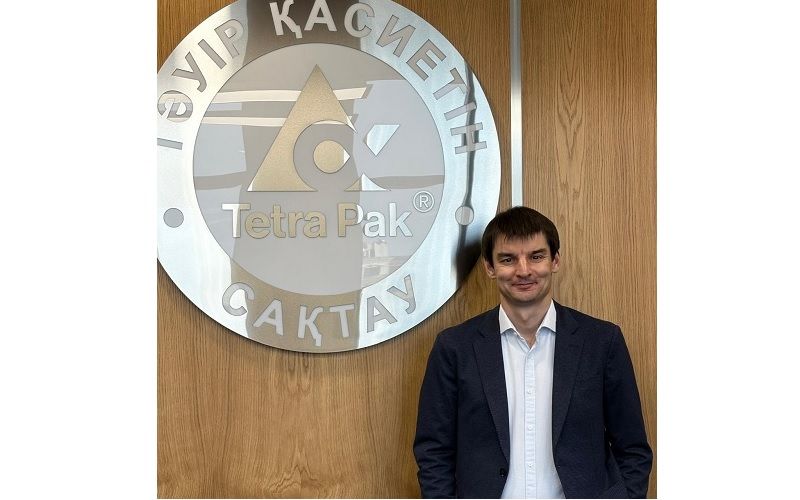Salmonella Dublin: Denmark’s Dairy Battle Continues!
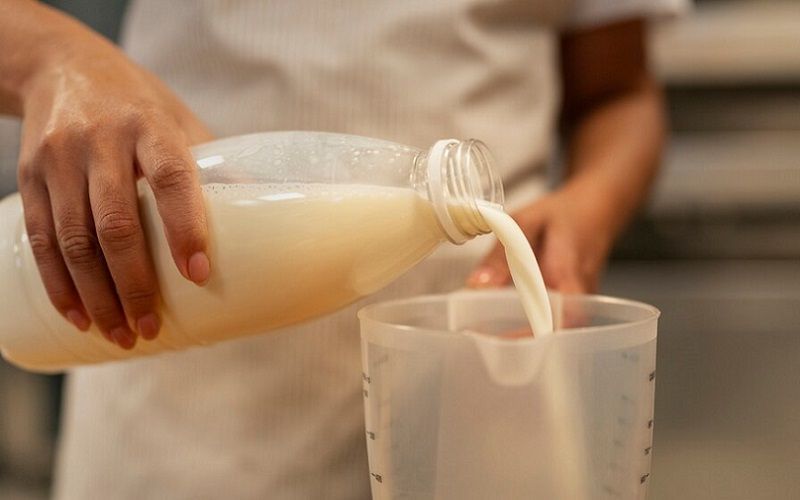
A persistent and multi-resistant variant of Salmonella, known as Salmonella Dublin, continues to threaten Danish dairy herds even after the implementation of an eradication plan in 2008. This strain jeopardizes both animal and human health, presenting severe risks such as pneumonia, blood poisoning, and reproductive issues in cattle. Economically, it imposes substantial losses on dairy farmers, affecting milk production and overall herd health.
While human infections are less common, they are notably severe, with a fatality rate of up to 12%. The bacteria's resistance to antibiotics complicates treatment options, exacerbating its threat. Infection can spread through direct contact with infected cattle or through the consumption of contaminated dairy products and undercooked meat.
Despite the decline of infection rates in Danish herds, from 20-25% in 2008 to around 5% today, other regions have seen an increase. For instance, 18% of herds in the United States and 60% in the UK are reportedly affected.
As antibiotic resistance grows, the public health risks associated with Salmonella Dublin remain a global concern. Efforts to combat this resilient pathogen must intensify within dairy economics and public health frameworks.



